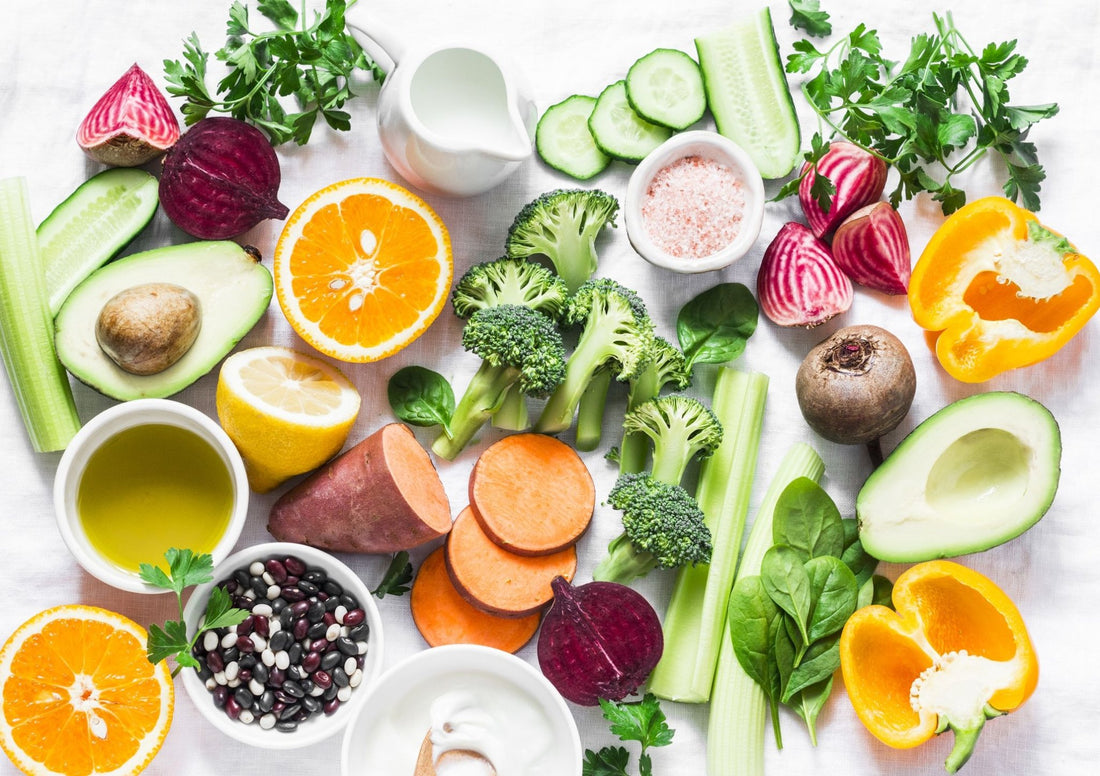
Stay healthy and understand why you need vitamin A

It’s only a semi-myth that eating carrots will help you see in the dark. A carrot’s main nutrient, beta-carotene (responsible for this root vegetable’s characteristic orange color), is a precursor to vitamin A and helps your eyes to adjust in dim conditions. Vitamin A can’t give you superpowers of night vision or cure your dependence on contact lenses, but eating an adequate amount will support eye health.
Vitamin A also stimulates the production and activity of white blood cells, takes part in remodeling bone, helps maintain healthy endothelial cells (those lining the body’s interior surfaces), and regulates cell growth and division such as needed for reproduction.
The two main forms of vitamin A in the human diet are preformed vitamin A (retinol, retinyl esters), and provitamin A carotenoids such as alpha-carotene and beta-carotene that are converted to retinol. Preformed vitamin A comes from animal products, fortified foods, and vitamin supplements. Carotenoids are found naturally in plant foods. There are other types of carotenoids found in food that are not converted to vitamin A but have health-promoting properties; these include lycopene, lutein, and zeaxanthin.
Recommended Amounts
Based on the Food and Drug Administration’s (FDA) new food and dietary supplement labeling regulations, as of July 2018, vitamin A will be listed as RAE.
- RDA: The Recommended Dietary Allowance for adults 19 years and older is 900 mcg RAE for men (equivalent to 3,000 IU) and 700 mcg RAE for women (equivalent to 2,333 IU).
- UL: The Tolerable Upper Intake Level is the maximum daily intake unlikely to cause harmful effects on health. The UL for vitamin A from retinol is 3,000 micrograms of preformed vitamin A.
Vitamin A and Health
The evidence suggests that eating a variety of foods rich in vitamin A, especially fruits and vegetables, is protective from certain diseases, though the health benefit of vitamin A supplements is less clear.
- Cancer
- Cognitive decline
- Age-related vision diseases
Food Sources
Many breakfast cereals, juices, dairy products, and other foods are fortified with retinol (preformed vitamin A). Many fruits and vegetables and some supplements contain beta-carotene, lycopene, lutein, or zeaxanthin.
- Leafy green vegetables (kale, spinach, broccoli), orange and yellow vegetables (carrots, sweet potatoes, pumpkin
- Tomatoes
- Red bell pepper
- Cantaloupe, mango
- Beef liver
- Fish oils
- Milk
- Eggs
Signs of Deficiency
Vitamin A deficiency is rare in Western countries but may occur. Conditions that interfere with normal digestion can lead to vitamin A malabsorption such as celiac disease, Crohn’s disease, cirrhosis, alcoholism, and cystic fibrosis. Also at risk are adults and children who eat a very limited diet due to poverty or self-restriction. Mild vitamin A deficiency may cause fatigue, susceptibility to infections, and infertility. The following are signs of a more serious deficiency.
-
Xerophthalmia, a severe dryness of the eye that if untreated can lead to blindness
-
Nyctalopia or night blindness
- Irregular patches on the white of the eyes
- Dry skin or hair
Content Source:
